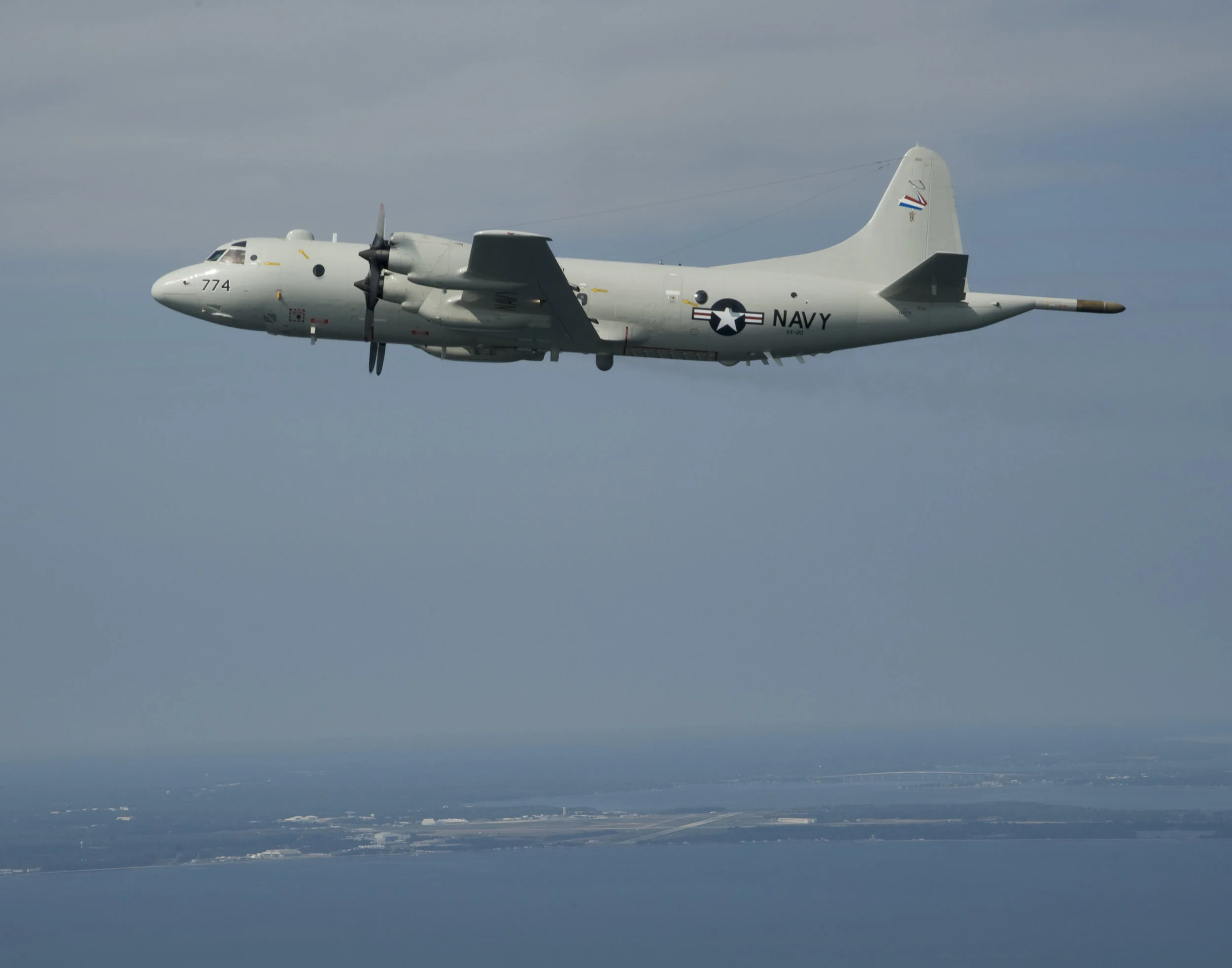Aerial Challenges in the South China Sea
Surprisingly, this month’s close-encounter near Scarborough Shoal between a US Navy P-3C and a PLAAF KJ-200 AWACS aircraft received a relatively mild reaction from the Chinese government and little attention in Chinese media. China’s Ministry of National Defense released a statement to the Global Times that repeated common talking points (China’s behavior was “legal and professional,” the US’ behavior is the “root cause” of these unexpected incidents), while the Ministry of Foreign Affairs declined to comment. In contrast, official Chinese spokespersons have generally used harsher language to describe similar incidents, such as China’s intercept of a USN EP-3 last May or its intercept of a USAF RC-135 last June, claiming US behavior “seriously threatens” China’s airspace and maritime security and that the US “deliberately hypes” such incidents (China’s reaction to its August 2014 intercept of a USN P-8 was even stronger).
This change is partially the result of the nature of the incident: USN officials described the encounter as “inadvertent”—unlike other aerial encounters in which China deliberately sent fighter jets to intercept US reconnaissance aircraft, this incident appeared accidental and involved a much slower-moving AWACS aircraft.
Perhaps more importantly, other issues have simply overshadowed this incident:
James Mattis’ first official trip as Secretary of Defense to the ROK (where he reaffirmed the deployment of THAAD—a popular punching bag for China) and Japan (where he reaffirmed that Article 5 of the US-Japan Security Treaty, and thus the US’ defense commitment to Japan, applies to the Senkaku Islands (yet another punching bag);
President Trump’s letter and then phone call with Xi Jinping reaffirming the “one China policy” (a useful propaganda narrative for China);
Prime Minister Abe’s visit to the US;
And North Korea’s sudden ballistic missile test.
Nevertheless, there was some interesting Chinese commentary on the incident. Most commentary simply reiterated the official Chinese narrative on all such incidents: Shi Hong, executive editor of Shipboard Weapons magazine, promised such incidents will continue in the future until the “root cause” (the US military’s close-in surveillance) is eliminated; while Senior Captain Zhang Junshe, deputy director of the PLAN’s Naval Research Institute, complained that the only reason the US released news of the incident was to “hype” the South China Sea issue while it remains relatively stable.
Public domain photo of the approximate location of Scarborough Shoal
Song Zhongping, a popular military commentator and former professor at the PLA Second Artillery Engineering Academy, took the provocative step of declaring that the airspace around Scarborough Shoal is China’s “territorial airspace,” and that the US was “intentionally trampling on peripheral red lines.” What those “red lines” actually consist of is impossible to say—while popular military commentators can give outside observers an unvarnished look into the PLA’s thinking on any given issue, they should not be interpreted as authoritative or reflecting the Chinese government’s official position. Regardless, this most recent close-encounter adds yet another data point demonstrating China’s tacit rejection of bilateral and multilateral crisis management mechanisms.







